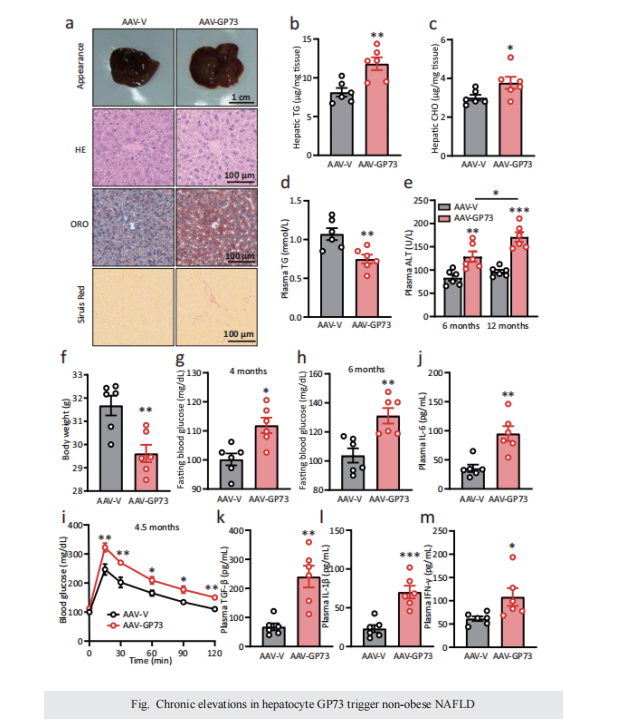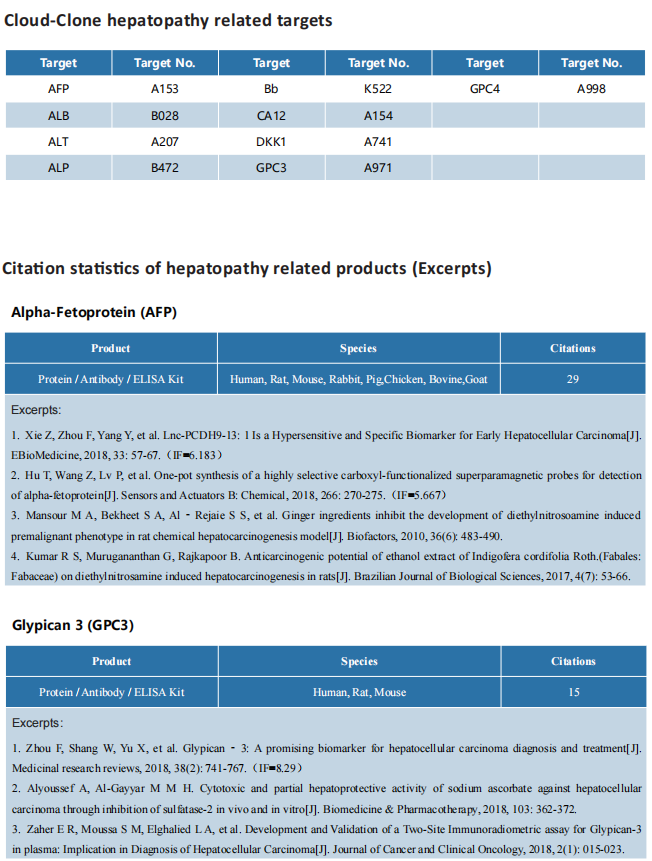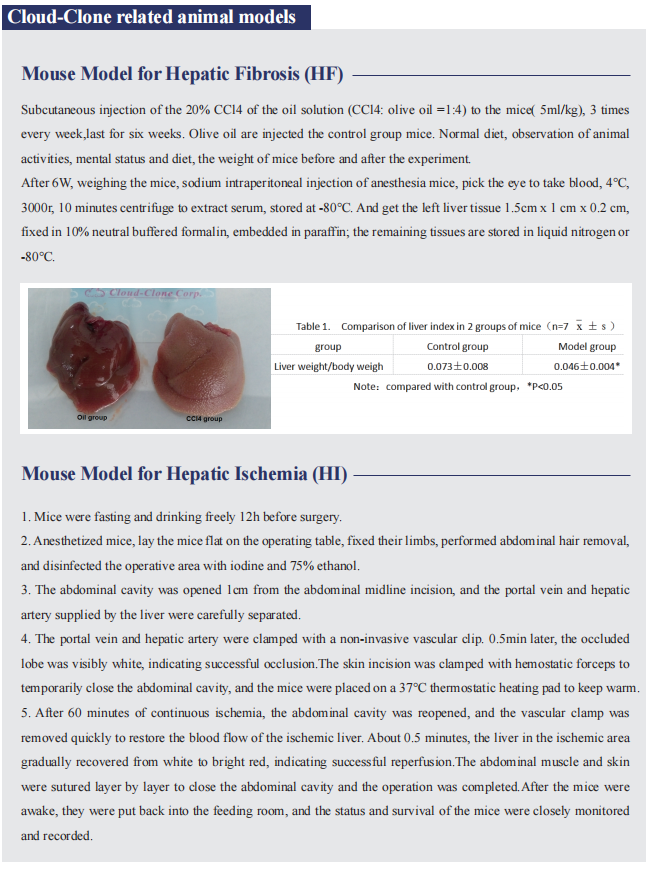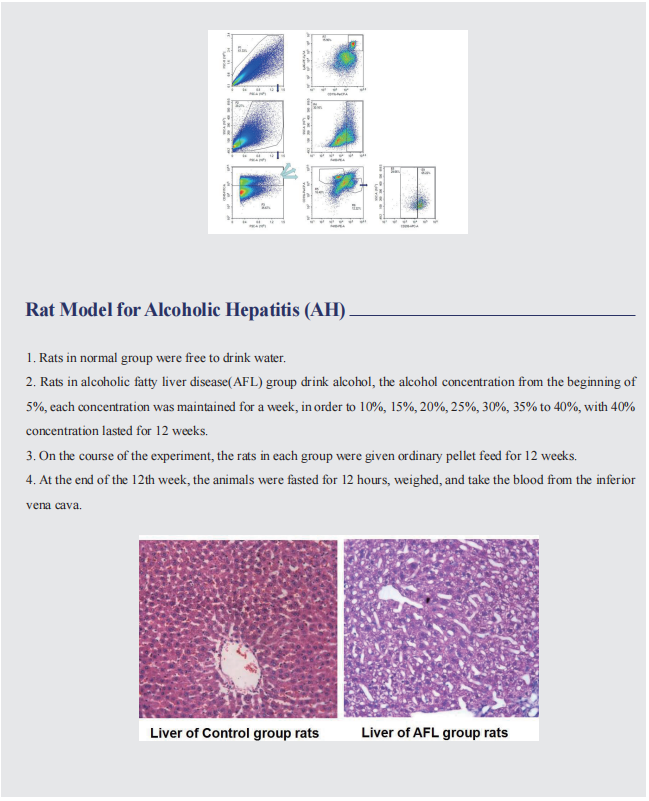GP73 is a TBC-domain Rab GTPase-activating protein contributing to the pathogenesis of non-alcoholic fatty liver disease without obesity
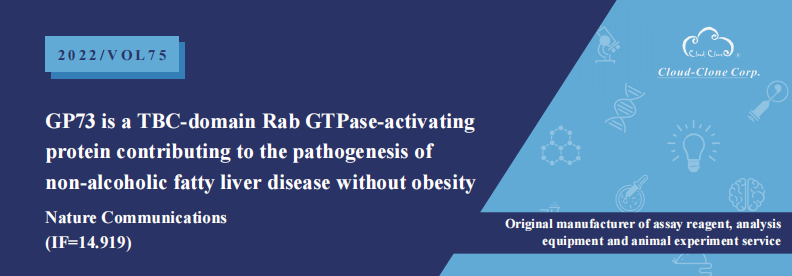
On December 1, 2021, Congwen Wei, Beijing Institute of Biotechnology, Academy of Military Medical Sciences, and his team published an article titled “GP73 is a TBC-domain Rab GTPase-activating protein contributing to the pathogenesis of non-alcoholic fatty liver disease without obesity” in NATURE COMMUNICATIONS, which revealed a pathophysiological role of GP73 in triggering non-obese NAFLD.

The kits [ELISA Kit for Apolipoprotein B (APOB), SEC003Mu;Polyclonal Antibody to Apolipoprotein B100 (APOB100), PAA603Mu01;ELISA Kit for Albumin (ALB), CEB028Mu;ELISA Kit for Apolipoprotein E (APOE), SEA704Mu;ELISA Kit for Apolipoprotein A1 (APOA1), SEA519Mu;ELISA Kit for Triglyceride (TG), CEB687Ge;ELISA Kit for Cholesterol (CH), CEB701Ge;ELISA Kit for leptin (LP), SEA084Hu;ELISA Kit for Adiponectin (ADPN), SEA605Hu] of Cloud-Clone brand was chosed in this article, we are so proud for supporting the reaserchers.


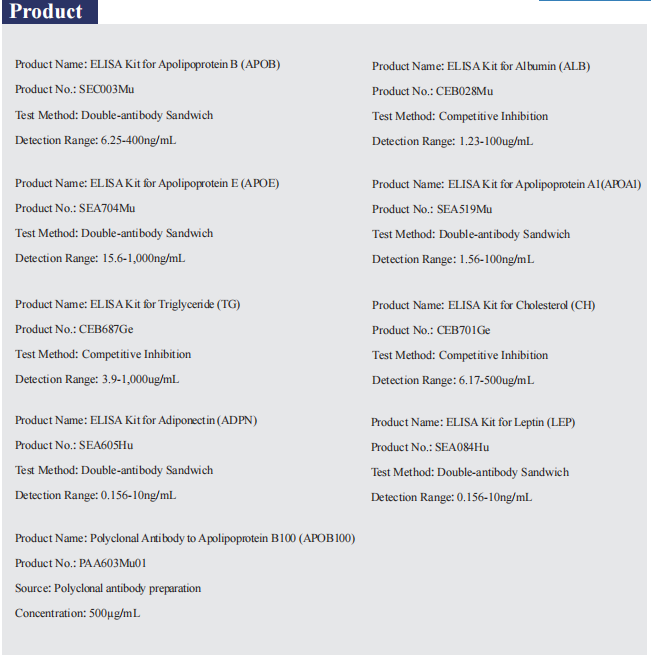
The prevalence of non-obese nonalcoholic fatty liver disease (NAFLD) is increasing worldwide with unclear etiology and pathogenesis. Here, we show GP73, a Golgi protein upregulated in livers from patients with a variety of liver diseases, exhibits Rab GTPase-activating protein (GAP) activity regulating ApoB export. Upon regular-diet feeding, liver-GP73-high mice display non-obese NAFLD phenotype, characterized by reduced body weight, intrahepatic lipid accumulation, and gradual insulin resistance development, none of which can be recapitulated in liver-GAP inactive GP73-high mice. Common and specific gene expression signatures associated with GP73-induced non-obese NAFLD and high-fat diet (HFD)-induced obese NAFLD are revealed. Notably, metformin inactivates the GAP activity of GP73 and alleviates GP73-induced non-obese NAFLD. GP73 is pathologically elevated in NAFLD individuals without obesity, and GP73 blockade improves whole-body metabolism in non-obese NAFLD mouse model. These findings reveal a pathophysiological role of GP73 in triggering non-obese NAFLD and may offer an opportunity for clinical intervention.
